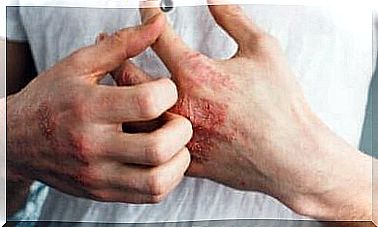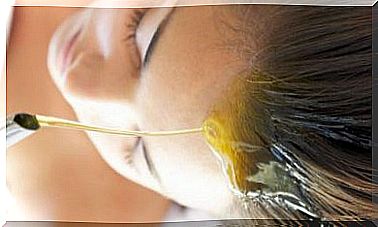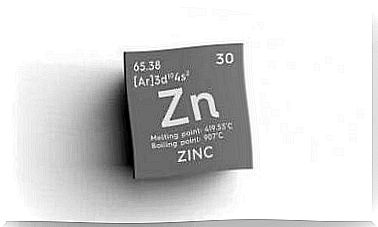Spot Corrector Creams: Everything You Need To Know

Has it ever happened to you that the spots on your skin ruin the summer outfit you really wanted to wear? Believe it or not, this is one of the most common cosmetic problems. To combat these terrible spots, you can resort to spot corrector creams. But how can these creams help you?
The effects of stain correcting creams depend on the type of stain you are treating. To get good results you need to be consistent and remember to combine them with using sunblock.
However, some varieties should only be used at night. These types of creams contain depigmenting agents that slow down the production of melanin and stimulate cell regeneration.
Types of hyperpigmentations or spots
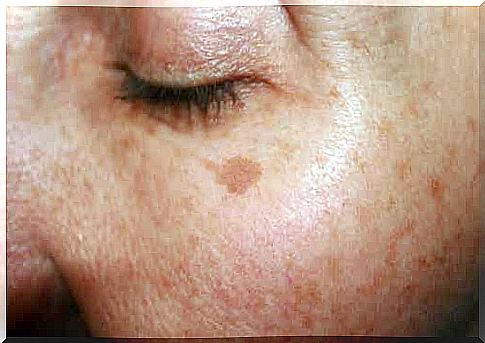
As a Mayo Clinic article explains, sunspots appear when melanin clumps or is produced in high concentrations. Melanin is a natural pigment that gives the skin its color. There are two types of hyperpigmentations:
- Melanic. As we mentioned above, they appear as a result of increased melanin production. This group includes freckles, melasma or hyperpigmentation due to inflammation. Spot corrector creams can reduce these spots.
- Melanocytic. They are due to a local proliferation of pigment cells (melanocytes). This includes age spots, simple lentigos, and moles. Spot correctors do not work to reduce these spots.
The most common stains
The most common spots on the skin are:
- Solar lentigos. They are sunspots that form flat patches that are larger than freckles.
- Freckles. They are small, irregular brown spots.
- Chloasma or pregnancy mask. It usually appears on the sides, forehead, upper lips and cheeks. It is also known as chloasma gravidarum or melasma.
- Berloque dermatitis. According to an article published in Family Medicine (Spanish link), these are spots that appear on the neck from the use of certain perfumes, especially when they come into contact with ultraviolet rays.
- Scarring or post-inflammatory hyperpigmentation after acne lesions, herpes zoster or allergic contact dermatitis.
The ingredients contain spot corrector creams
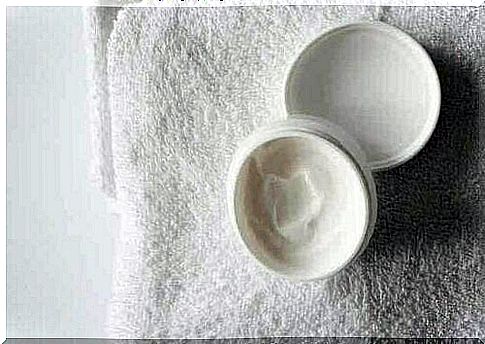
Spot corrector creams come in different forms: serum, gel, emulsion, hydroalcoholic solution and mask. They adapt to all skin types.
Spot corrector creams contain several active ingredients. To find out which one your spot corrector contains, all you have to do is read the label. These often include:
- Antioxidants, such as 5%-15% vitamin C.
- mequinol. 2%-10% concentrations. This substance causes a reversible depigmentation of the skin, by preventing the metabolic processes of melanocytes. A study published by Therapeutics for the Clinician confirms efficacy for solar lentigos.
- Azelaic acid. At 10% to 20% concentrations. According to a publication in MedlinePlus, it is antibacterial.
- 5% niacinamide
- kojic acid
- plant extracts. Think of bearberry, arbutin, liquorice, chamomile or mulberry.
- acids. Such as phytic, at 1% to 2%, alpha-liponic, at 2% to 8%, and ellagic at 1%.
- Alpha hydroxy acids. As an NIH publication states, they have the function of exfoliating the skin to minimize the appearance of blemishes.
- Keratolytics, such as salicylic acid.
In addition to the ingredients listed above, other ingredients that require a medical prescription may be added, such as retinoic acid and hydroquinone. Because of the variety of uses they may have, a dermatologist should advise using one product over another.
Combine spot corrector creams with sunscreen

Spots are a chronic process that can be exacerbated by sun exposure. As the Spanish Agency for Medicines and Medical Devices advises (Spanish link), in spring and summer you should apply sunscreen half an hour before exposure and reapply every two hours.
It is also advisable to reapply after swimming and if you are doing an intense sport activity. Remember how important it is to use sunscreen every day. Among other things, sunscreen is a great anti-aging cream, as it protects the skin from the damage that UVA rays can cause.
How to apply spot corrector creams?
The general guideline is to use it overnight for one or two weeks, until the skin gets used to it. It is normal if you notice a slight stinging sensation on the first applications. However, if the irritation persists, stop using it and consult the dermatologist who prescribed it for you.
While some blemish correction creams do not require a prescription, it is very important to consult a doctor as this will ensure greater safety and effectiveness of the treatment. Also, certain products are more irritating and photosensitizing, so doctors generally recommend applying them at night.
Once you’ve achieved the desired results, it’s a good idea to continue your sun protection regimen as directed by your dermatologist. In addition, the dermatologist may recommend nutritional supplements that can help prevent the appearance of new spots and reduce existing ones.
Spot corrector creams: habits make the difference
Spot corrector creams can help reduce blemishes and even out skin tone. However, the results you can achieve from the treatment are highly dependent on whether you use sunscreen in your daily life.
It is also important to have the stains identified correctly. Some spots won’t improve with spot corrector creams, but others will. For this reason, it is always best to seek professional advice.





